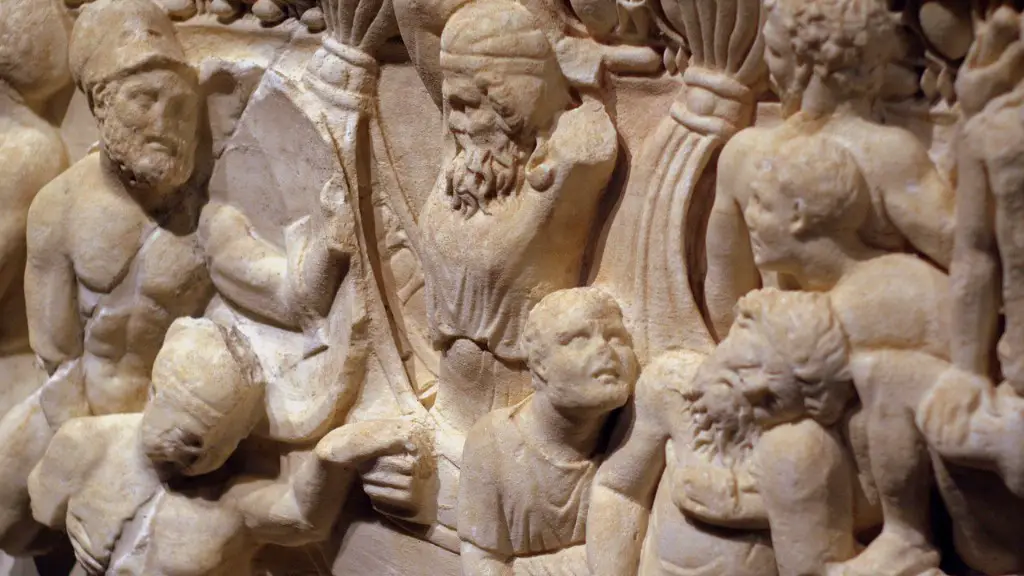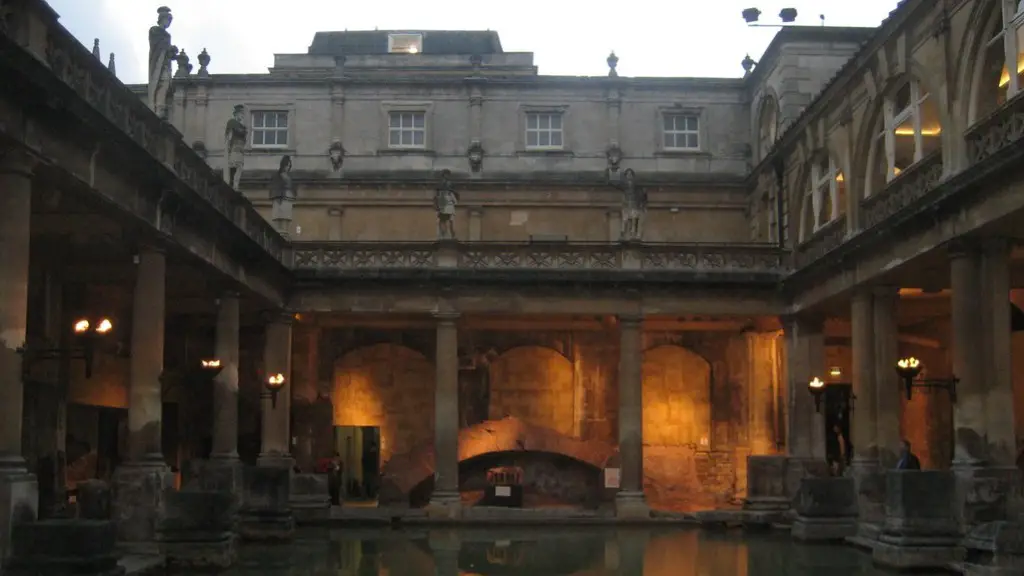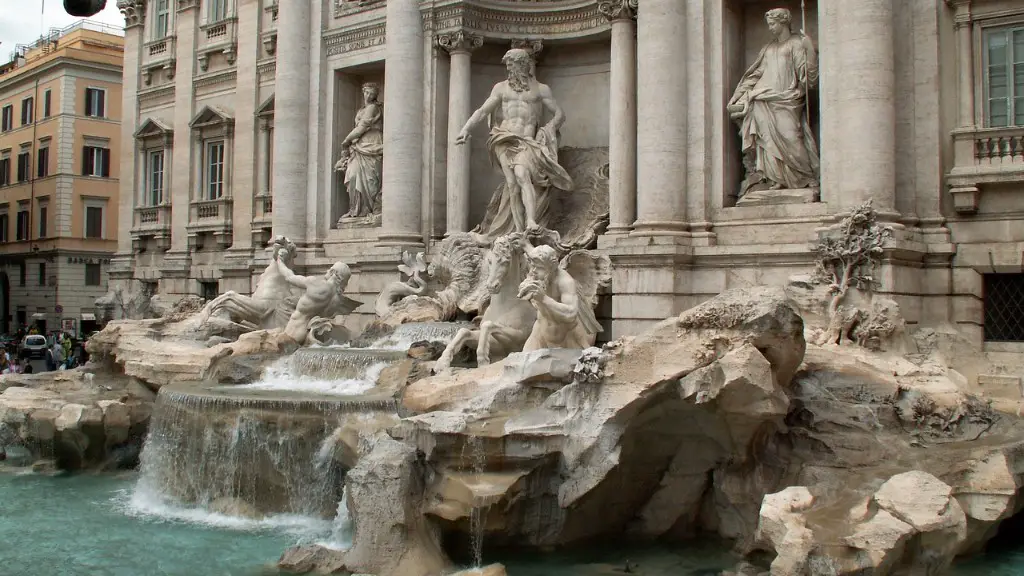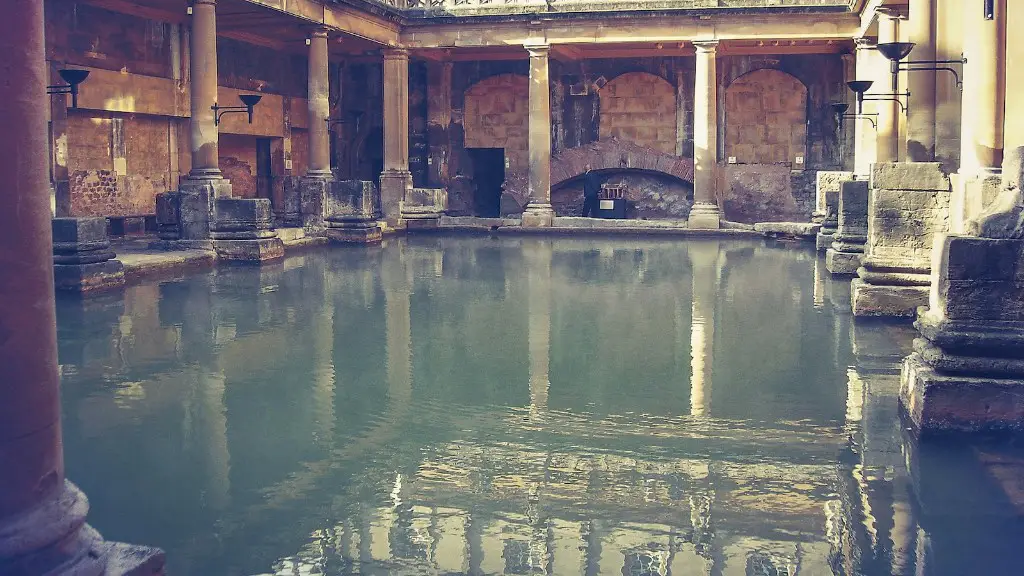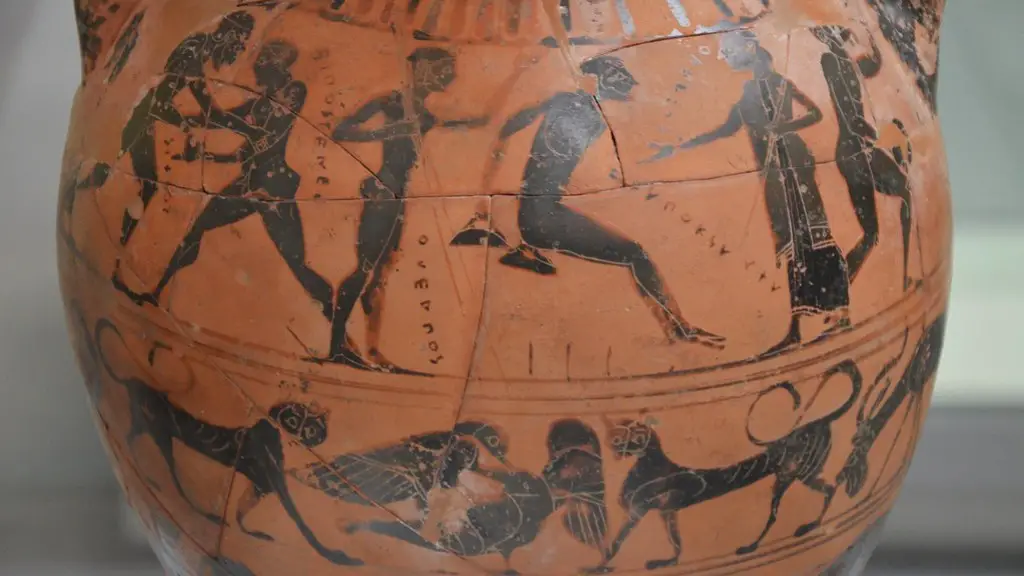Associations of Leisure Activity with Ancient Roman Culture
Ancient Rome was a culture that valued and encouraged leisure activities. The rise of a class of wealthy, urban citizens in the early to mid Roman Empire led to the emergence of private leisure activities as well as collective ones. These activities and events include Chariot racing, attending theater, participating in public sporting events, and festivals. As a result of the upper class’s focus on leisure, the public adopted their habits and hobbies and leisure activities became an essential part of Roman life.
Chariot racing was a particularly popular leisure activity among the wealthy citizens of Rome. Chariot racing was a highly competitive pursuit, and the events attracted fans with intense passion and energy. It was not just a leisure activity, but rather a major part of Roman society, with fans attending the Colosseum frequently to support their favorite charioteers. The elaborate and spectacular chariot races that were staged in the Colosseum were a source of major entertainment and entertainment value both then and now.
Rome was known for its great plays and theater performances. Theater in the Roman Republic served both entertainment and edification purposes, to which the upper class was no exception. Roman theater was very influential in terms of the way it set the stage for a variety of physical activities, intellectual ones like lectures and conversations, and for portraying the lifestyles of the rich and famous.
Sports was a big part of Roman life and an integral part of leisure activities. Popular Roman sporting activities included wrestling, martial arts, boxing, and gladiator battles. These events were often seen as entertainment but also in terms of a physical activity. The Romans were passionate about sports, with sporting events ranging from individual competitions at local levels to tournaments held at the grand Colosseum.
Festivals were also a big part of Roman leisure activities. Ancient Romans celebrated religious festivals and holidays on a regular basis. Roman festivals were a time when the citizens of Rome would gather to celebrate, to remember those who had gone before them, and to give thanks to the gods and goddesses. Furthermore, the Festivals of Saturnalia and the Bacchanalia were wildly popular throughout the Roman Empire and saw hundreds or even thousands of people gather to celebrate and partake in the festivities.
Effects of Leisure Activities on Ancient Rome
The rise of leisure activities within the Roman Empire had a major effect on the culture and people of Rome. The entertainment, physical activity, and relaxation that leisure activities provided were essential to the development and maintenance of the Roman Empire.
One of the primary effects of the Romans’ interest in leisure was the development and strengthening of human relationships, especially those of the wealthy elites. Through leisure activities and events, the wealthy citizens were able to mingle and socialize with each other, which in turn provided an opportunity to strengthen and build relationships. This enabled the wealthy upper class to become even more powerful in Roman society.
Leisure activities also served to fill the gaps in knowledge, skills, and abilities. Through their leisure activities, the Roman people were able to learn and develop new skills, such as those that were necessary in chariot racing or gladiator fighting. These skills made them valuable members of the Roman Empire and their knowledge was often taken advantage of by the government and rulers.
The role of leisure activities in the development of Roman culture and institutions cannot be overstated. By engaging in leisure activities, the people of Rome were able to engage in physical, intellectual, and social activities, which allowed them to become more active members of society and provided them with a sense of purpose. As a result, leisure activities provided a unique opportunity for the Roman people to develop their own unique culture and contribute to their own cultural development.
Conclusion of the Popularity of Leisure Activities in Ancient Roman Empire
The popularity of leisure activities in ancient Rome has had a lasting impact on the culture and the people of Rome. Leisure activities have allowed the Roman people to engage in physical, intellectual, and social activities, which have led to the development and strengthening of relationships between the wealthy citizens of Rome and with the government. Leisure activities have also been used to fill the gaps in knowledge, skills, and abilities, which in turn allowed the Roman people to become more active members of society and contribute to their own culture. Therefore, it can be said that leisure activities were an essential part of the Roman Empire’s cultural and societal development.
How Leisure Activity Developed over Time
As the Roman Empire grew larger and more powerful, leisure activities became an increasingly important part of the cultural landscape. As cities grew, more public facilities were built for the purpose of leisure activities. This included such things as public baths, arenas, amphitheaters, parks, and temples. Private endeavors also became popular with wealthier citizens, as they built luxurious villas and patrician homes to cater to their wants and needs.
The types of leisure activities that were popular in Rome changed over time, as the Roman Empire saw one dynasty after another. With each new dynasty, new forms of leisure rose to prominence. With the dawn of the Republic, the Roman elite began to focus on the arts, while the commoners enjoyed more sporty activities such as wrestling, chariot racing and gladiator battles. With the reign of Augustus, the arts and public entertainment had a period of resurgence, and the Colosseum was opened for chariot and gladiator events. With the rise of Christianity, such activities as banquets, theatrical performances and public spectacles diminished in popularity. By the end of the Roman Empire, leisure activities had become more subdued, focused on private pursuits and the sort of activities that today are considered more domestic in nature.
Characteristics and Popularity of Leisure Activities during the Roman Empire
Leisure activities during the time of the Roman Empire can generally be divided into two categories: public leisure activities and private activities. Public leisure activities took place in large groups, often in the presence of an audience. These activities included such things as gladiator fights, chariot races, theatrical performances, festivals, and sporting events. Private leisure activities were typically only available to the wealthy classes, such as banquets, villa parties, and private hunting trips. These activities were usually conducted in private or in small groups and were not accessible to the general public.
No matter the type of leisure activity, they were all hugely important and popular in Ancient Rome. Leisure activities were essential to the development and maintenance of Roman culture and society. They provided a way for the Roman people to take part in physical, intellectual, and social activities, which could strengthen relationships and fill gaps in knowledge. Leisure activities also played a major role in the development of Roman culture, as the wealthy classes and their habits and hobbies influenced the public and leisure activities slowly became an essential part of daily Roman life.
How Ancient Rome Compares to Modern Societies
The concept of leisure activities in Ancient Rome is not unlike the modern world. Today, leisure activities and entertainment play an important role in our lives, providing us with physical, intellectual, and social activities and helping us to connect with one another. Of course, our modern world has significantly more activities to choose from, with technological advances and the development of new forms of entertainment. Some activities, however, remain the same, with sports, theater, music, and festivals still popular today.
Overall, it can be said that Ancient Rome’s focus on leisure activities has had a lasting impact on the culture of today. The Romans entertained themselves with activities that provided relaxation and escape from the harsh realities of daily life, and today we still turn to leisure activities for the same respite. We may use different methods and forms of entertainment, but our desire for recreation and escape from reality remains the same.
Final Considerations of the Popularity of Leisure Activities in Ancient Rome
The popularity of leisure activities in Ancient Roman is clear from the amount of evidence that remains. Whether it’s the impressive Roman Colosseum, the remains of public baths and villas, or some of the artifacts that have been discovered, it’s clear that the Roman people had a great appreciation for leisure activities. Although some activities have changed in recent years, the importance of leisure activities in modern society remains the same, with the desire to relax and escape still as strong as ever. It is clear that leisure activities played a major role in the development of Roman culture, and could serve to shape the cultures of today.
